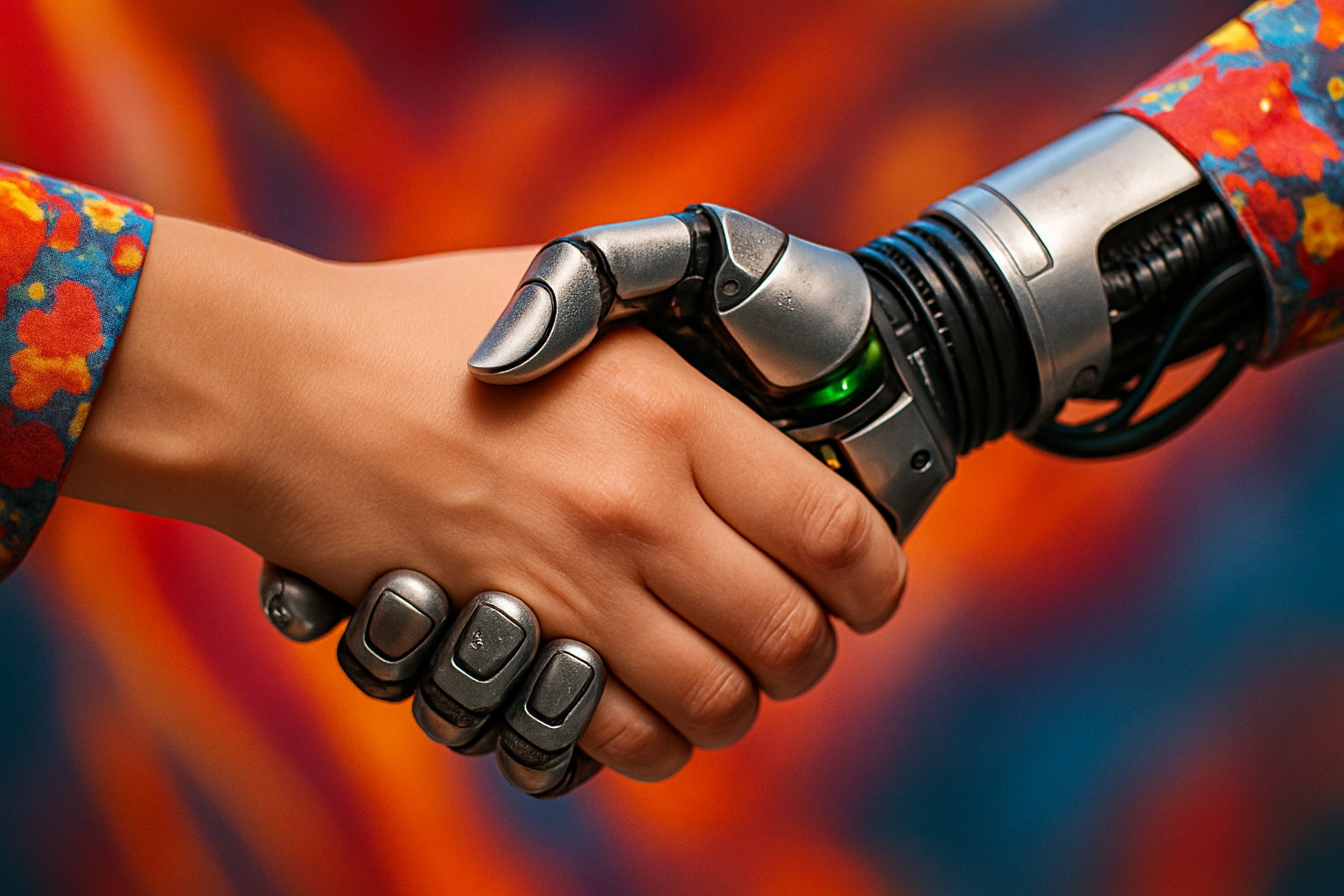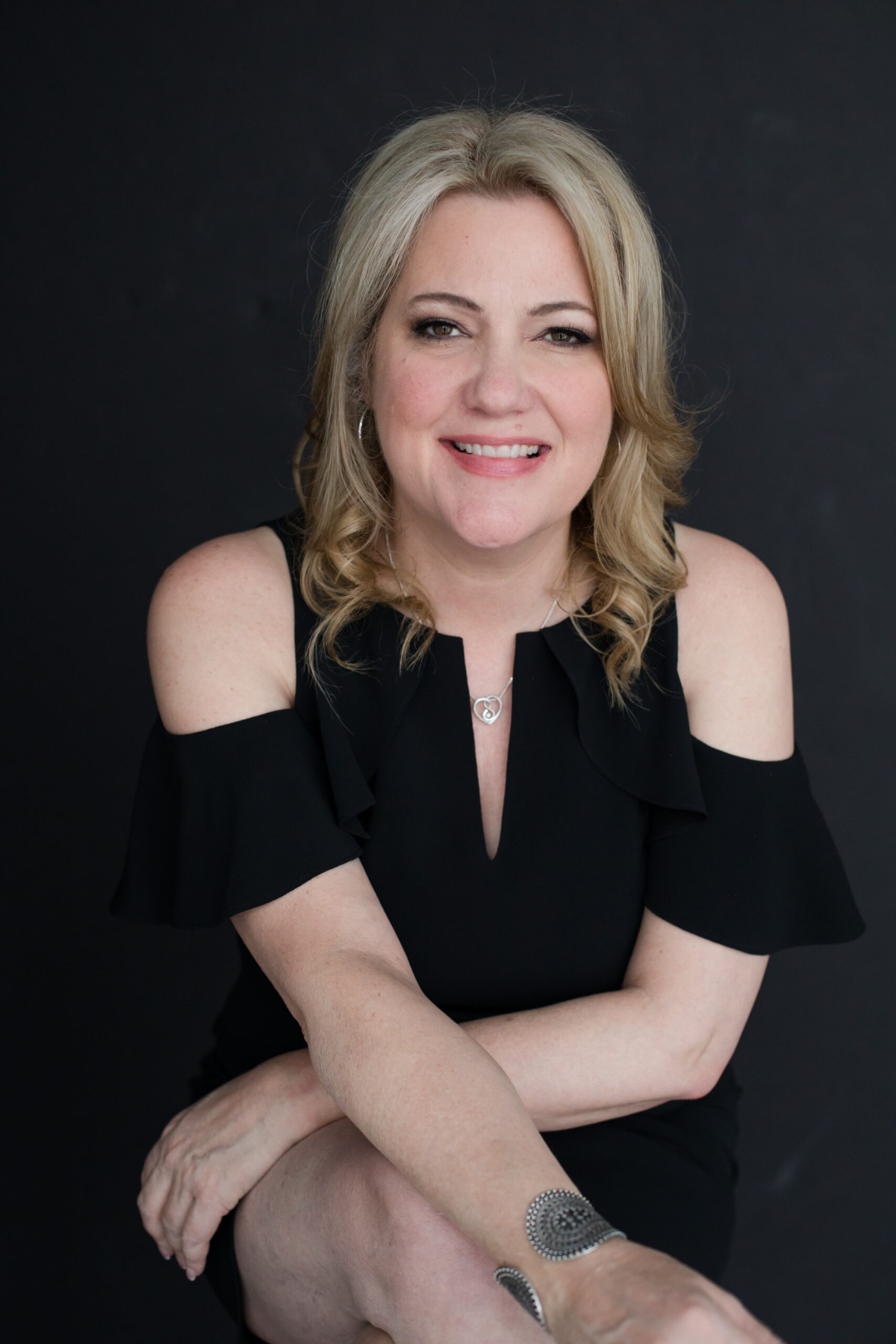What if being great at something wasn’t about proving yourself—but improving someone else?
That’s the powerful idea behind the Better At Movement, a selfless improvement mindset created by Achim Klor. It asks a deceptively simple question: What if we stopped trying to be better than others, and focused instead on being better at something—for others?
It’s a shift our world desperately needs.
From an early age, we’re conditioned to compete and compare. But Better At turns that on its head. It’s not about standing out for ego’s sake—it’s about reaching back and helping someone else rise.
As a communication and emotional intelligence coach, this message hit home for me. Because what we’re better at isn’t just our skills—it’s how we show up for others. And that starts with how we communicate.
Better At Starts with Emotional Intelligence
Emotional intelligence (EQ) is the foundation of how we interact, lead, and connect. It’s not just a “soft skill”—it’s a human skill. And it directly aligns with the Better At mindset.
Here’s how:
-
When we grow in empathy, we get better at understanding others—not judging them.
-
When we grow in emotional self-awareness, we become better at managing our reactions—so we don’t harm others while trying to help.
-
When we grow in interpersonal relationships, we’re better equipped to support others on their own growth journey.
Each time we strengthen our EQ, we’re not just improving ourselves—we’re becoming more capable of helping others improve too.
That’s selfless improvement. That’s Better At in action.
We Don’t Just Learn It. We Teach It Forward.
Here’s the magic: when you get better at something—and then teach it forward—you grow even more.
That’s why I believe in communication tools that don’t just help you speak more clearly… they help others feel more seen. Tools like:
- Connection Cues™
Our non-verbal signals shape the energy we bring into every interaction. Mastering these cues helps others feel safe, welcome, and respected—even before we speak. - Honest Questions™
Instead of offering advice, we ask. And when we ask thoughtful, curious questions, we empower others to find their own insights and build confidence. - Emotional Magnetism™
This tool reveals the emotional motivators driving people’s decisions. When we understand someone’s core motivator—whether it’s Safety, Achievement, Value, or Experience—we can communicate in a way they’re more likely to receive.
Each of these tools makes us better at communication. But more importantly, they help us become better for others.
The Ripple Effect: Why It Matters
Being better at something isn’t about racking up credentials. It’s about creating a ripple.
Every time you ask a meaningful question, model patience, or show up with empathy—you give others permission to do the same.
I’ve seen it happen time and again. One of my clients used Emotional Magnetism™ to shift a tense relationship with a colleague. Instead of getting frustrated, she got curious. That one shift changed their working dynamic. A few weeks later, that colleague was using the same framework with his team.
That’s the ripple effect of selfless improvement. That’s Better At.
What Are You Better At Now?
So here’s your reflection prompt:
What’s something you’ve worked to get better at this year—and who could benefit from what you’ve learned?
That’s where the movement lives. Not in theory, but in how we show up. In the conversations we have. In the moments we choose to help someone else rise.
Thank you to Achim Klor for reminding us that real growth isn’t about solo success—it’s about shared progress.
And if you’re ready to be better at something that truly matters, start with communication. Explore the tools and experiences I offer to help you connect with yourself—and others—on a deeper level.
Let’s get better together.
Start by being better at your next conversation.




0 Comments